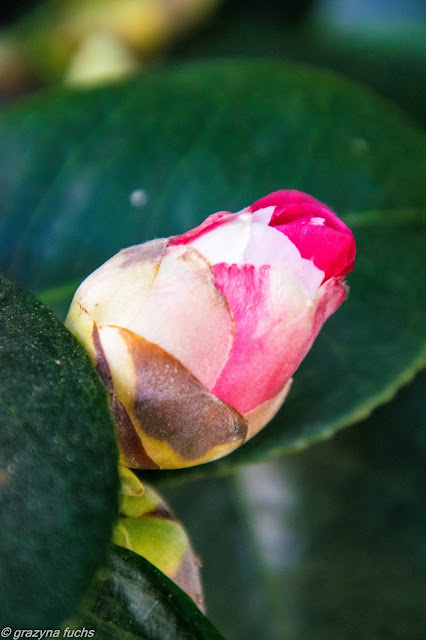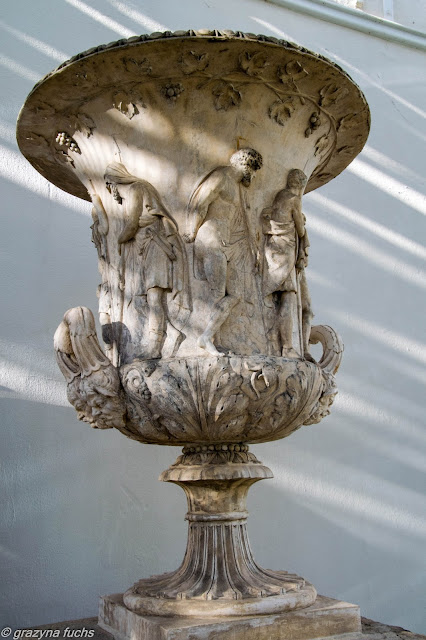It was so wonderful time to visit one of the earliest and most beautiful Georgian buildings in the UK, the
model which set the trend for neo-Palladian architecture within
romantic landscapes.
I needed to go out and feel the autumn this day after long weeks at work.This place isn't so far from my place and I could go there this afternoon. The weather was so nice for walking in the park where i met same interesting places to rest and enjoy the beautiful of art and nature.
Chiswick House is among the most glorious examples of 18th-century
British architecture which made a fascinating day out. The
third Earl of Burlington, who designed this noble Roman-style Palladian
villa, drew inspiration from his Grand Tours of Italy what made this place so magical. Meeting with sculptures, paintings, architecture and wonderful nature gave me relaxing afternoon. I came back home so happy and relaxing.
more info of Chiswick House: http://chiswickhouseandgardens.org.uk/
 |
The 6th Duke of Devonshire commissioned Samuel Ware to design a
large conservatory on in the 1810s. Completed in 1813, the conservatory
was the longest ever built at 302ft (96m) and the forerunner of several
large glasshouses, culminating in the magnificent Crystal Palace,
London.
The Conservatory is famous for its camellia collection, with some
trees surviving from the Duke’s historic specimens. It is home to one of
two surviving examples of the rare ‘Middlemist Red’ camellia in the
world.
|
The English Landscape Movement is one of the UK’s greatest
influences on European art and architecture. And it all started here,
with William Kent’s designs for the Chiswick House Gardens.
With his mentor, Lord Burlington, Kent broke down the rigid formality
of the early 18th century garden to create a revolutionary,
natural-looking landscape.
 |
Thought to have been designed by Lord Burlington in about 1720, the Doric Column used to be mounted with a copy of the famous Venus de Medici statue in the Uffizi Gallery in Florence. In 1736, it formed the focus of a small triangular area of dense planting, with six straight paths or ‘allées’ radiating out from it. This was replaced by a rose garden, laid out by the fifth Duke of Devonshire, and first recorded in 1811.
|
 |
Designed by architect Inigo Jones for Beaufort House in Chelsea in
1621, this gateway was acquired by Lord Burlington in 1738 from his
friend Hans Sloane.
A poem, attributed to William Kent, describes how it came to Chiswick.
The Inigo Jones Gate replaced an ornately-framed door, which now stands at the entrance to the Sports Field.
|
 |
One of the later additions to Lord Burlington’s garden, erected
about 1738, the Cascade, an entrancing waterfall descending a series of
rock steps through three archways, was probably designed by William Kent
and inspired by designs Burlington and Kent had seen in Italian
Renaissance gardens.
|
 |
This semi-circular garden surrounds a pool with an obelisk in its
centre. The Ionic Temple stands behind it. Created in 1726, orange trees
in tubs were placed on the terraces.
To the right hand side of the garden is a tomb with a Latin
inscription, which begins: ‘Under this stone lies Lilly, my dear
hound…’. It is thought that the dog may have belonged to Georgiana,
Duchess of Devonshire.
|



































































































No comments:
Post a Comment